Striped Cream Violet (Viola striata) is a charming perennial native to eastern North America, belonging to the Violaceae family. Commonly known as Striped Cream Violet, Creamy Violet, Pale Violet, or Striped Violet, this groundcover plant is prized for its heart-shaped leaves and longer blooming period compared to other violets. Naturally found along stream banks and in low wooded areas, it thrives in moist, shaded environments, making it an excellent choice for adding a soft, natural touch to gardens.
| Common name | Striped Cream Violet, Creamy Violet, Pale Violet, Striped Violet |
| Botanical name | Viola striata |
| Family | Violaceae |
| Species | striata |
| Origin | Eastern North America |
| Life cycle | Perennial |
| Plant type | Ground Cover |
| Hardiness zone | 4, 5, 6, 7 |
| Sunlight | Dappled Sunlight |
| Maintenance | Medium |
| Soil condition | Clay |
| Soil ph | Alkaline |
| Drainage | Well-Drained |
| Spacing | Less than 12 in. |
| Harvest time | Spring |
| Flowering period | Spring |
| Height | 8 in. – 1 ft. 4 in. |
| Flower color | Lavender, Purple |
| Leaf color | Green |
| Fruit color | Brown, Copper |
| Stem color | Green |
| Flower benefit | Long Bloom Season |
| Garden style | Butterfly Garden |
| Uses | Naturalized Area |
I. Appearance and Characteristics
Viola striata is a species of violet known by the common names striped cream violet and creamy violet. It is native to eastern North America, with its distribution being centered in interior areas away from the coastal plain. Its preferred habitat is mesic forests.
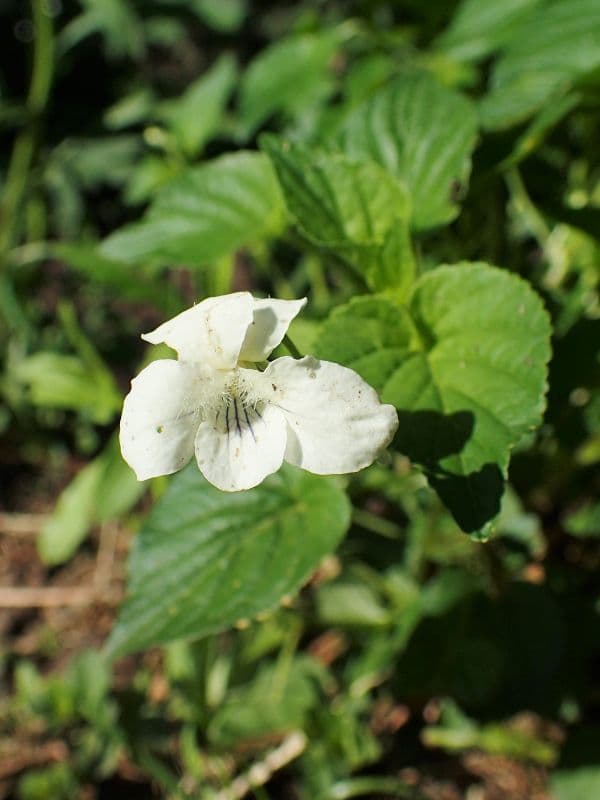
This amazing herbaceous perennial features creamy white flowers with a purple-veined lower petal. Flowers appear in spring rising from the leaf axils of leafy stems growing 6-12″ tall. Dark green, heart-shaped leaves with deeply cut stipules form a thick ground cover. Striata in Latin means “lined or striped” in reference to the lower flower petal veining.
The leaves and blossoms are edible; the latter can be used to make jelly.
II. How to Grow and Care
Striped Cream Violet thrive in rich, moist soil and partial shade, evoking their native woodland habitats. They require regular watering to maintain consistently moist soil, but they are intolerant of waterlogged conditions. Deadheading spent flowers can encourage blooming and prevent self-seeding if undesired.
Sunlight
Striped Cream Violet thrive in partial sun” href=”/care/sunlight/Viola_striata.html”>partial sun conditions, where gentle light meets their foliage for a portion of the day. Consistent exposure to dappled sunlight or light shade ensures robust growth and contributes to the plant’s health. Although striped Cream Violet can tolerate various light situations, extreme deviations from their preferred light can lead to diminished vitality and attractiveness.
Possessing inherent adaptability, striped Cream Violet adjusts its leaf orientation and pigment concentration in response to changing light, maximizing photosynthesis efficiency. Ideally planted outdoors, they flourish under the canopy of larger plants or deciduously shaded areas, which mimic their natural woodland habitats.
Temperature
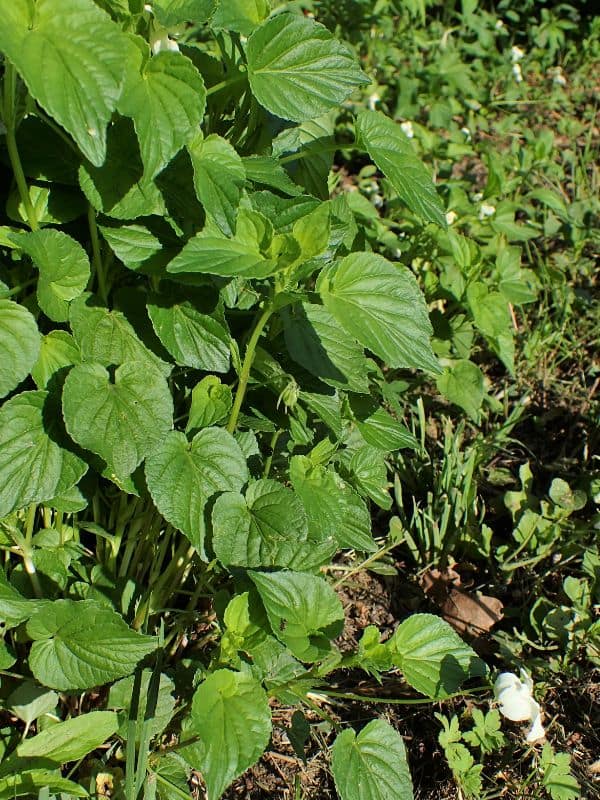
Striped Cream Violet is cold-resistant and moderately heat-resistant. Generally speaking, it flowers from spring to fall. Quantity of flowers may decrease in high temperatures. It can tolerate light frost and snow cover in winter. If grown in a cold region, it should be kept warm in winter. In a word, it should be protected from high temperature and humidity in summer, and have less water in winter during its dormancy.
Watering
Originating from moist meadows and stream banks, striped Cream Violet thrives in environments that mimic the consistent moisture of its native habitat. This species exhibits a preference for evenly moist soil conditions, indicative of its adaptation to habitats with regular water availability.
Watering should be done every week to maintain this balance. As an herbaceous perennial commonly grown outdoors, striped Cream Violet benefits greatly from natural rainfall patterns, which complement its watering schedule and contribute to its vigorous growth during the growing season.
Soil
Striped Cream Violet likes moist, well-drained, air-permeable soil. A small amount of substrate, such as perlite, ceramsite, and vermiculite, can be added to the soil when planting.
Fertilizing
Common slow-release commercial compound fertilizers can be used for striped Cream Violet. During the growth and bloom time, thin compound liquid fertilizer can be applied once every two weeks. For specific application methods, please refer to the product specifications of the compound fertilizers.
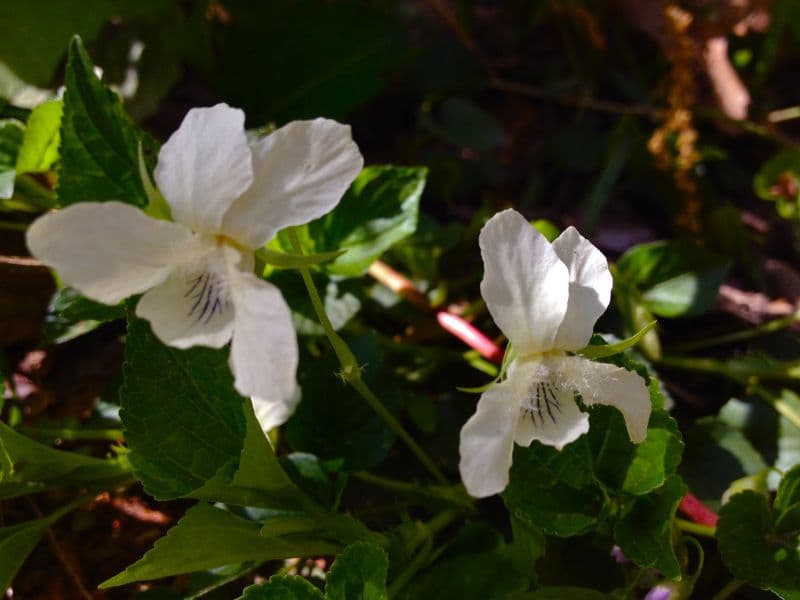
Planting Instructions
Although it is a perennial plant, striped Cream Violet is usually replanted every year. Sow it from late fall to early spring of next year, and flowers will come in about two months after sowing. Try to choose a cool environment. Sprinkle seeds directly on the surface of the soil, and cover them with a thin layer of soil., To sow indoors, wrap the seeds in wet paper towel. Pack the paper-wrapped seeds into sealed bags or other containers and put them in the refrigerator or refrigerating chamber for 3-4 days to accelerate germination.
After the seedlings germinate, remove the top buds to facilitate the growth of lateral buds. This prevents seedlings from getting floppy and spindly, supports the plant shape, and increases the quantity of flowers. If the seedlings bloom early, early-blooming flowers can be removed so the plants accumulate energy to bloom more.
Propagation
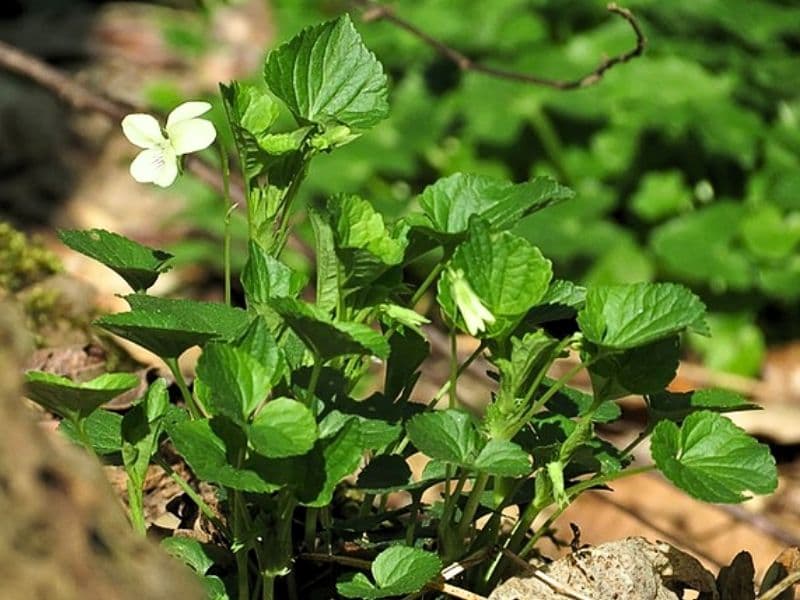
Some varieties of striped Cream Violet are self-pollinated. They will bear fruits after flowering, and the ripe fruit will split into three petals. At this time, the seeds can be collected for sowing in the following year.
Repotting
Repot striped Cream Violet every 2-3 years in spring, as it’s a small, non-climbing, herbaceous perennial. For healthy growth, use a medium-sized pot allowing room for root expansion. Post-repotting, maintain consistent moisture and avoid direct sunlight. Ensure well-draining soil to prevent root rot. These care tips nurture striped Cream Violet’s vibrant bloom and foliage recovery.
III. Uses and Benefits
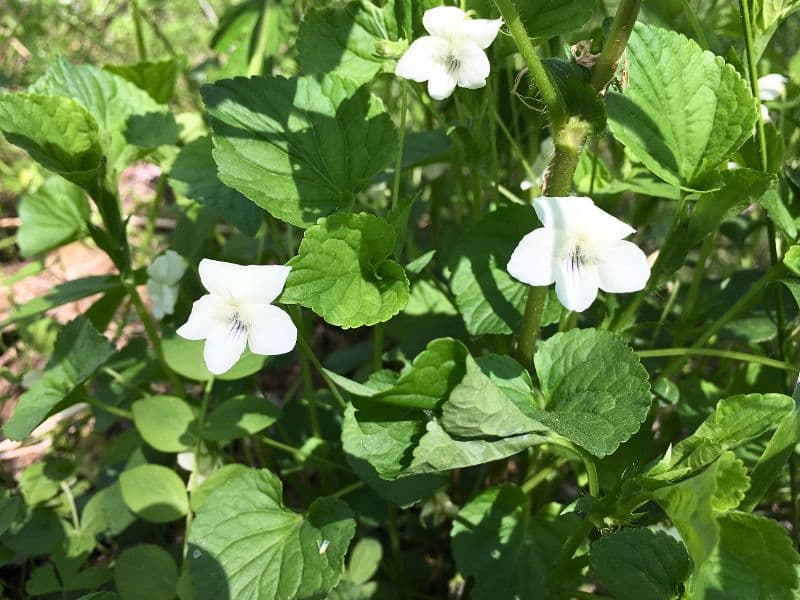
- Ornamental uses
Striped White Violet self-seeds profusely and is perfect to create a dense ground cover.
- Culinary uses
Fresh striped Cream Violet’s flowers can also be picked to decorate dishes, as they are edible.
Find Where to Buy the Best Striped Cream Violet (Viola striata)



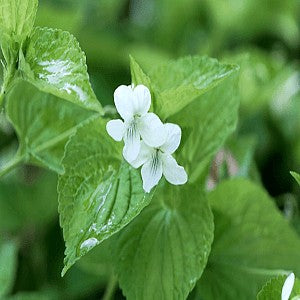






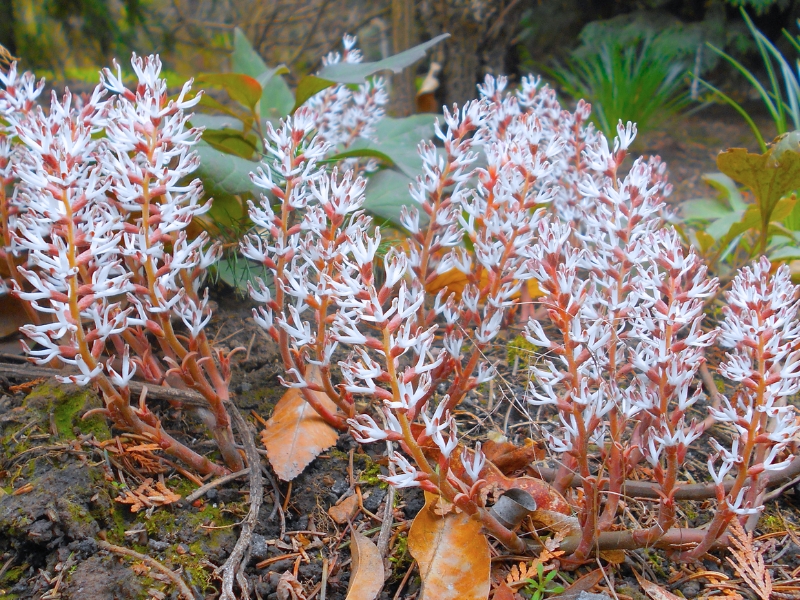

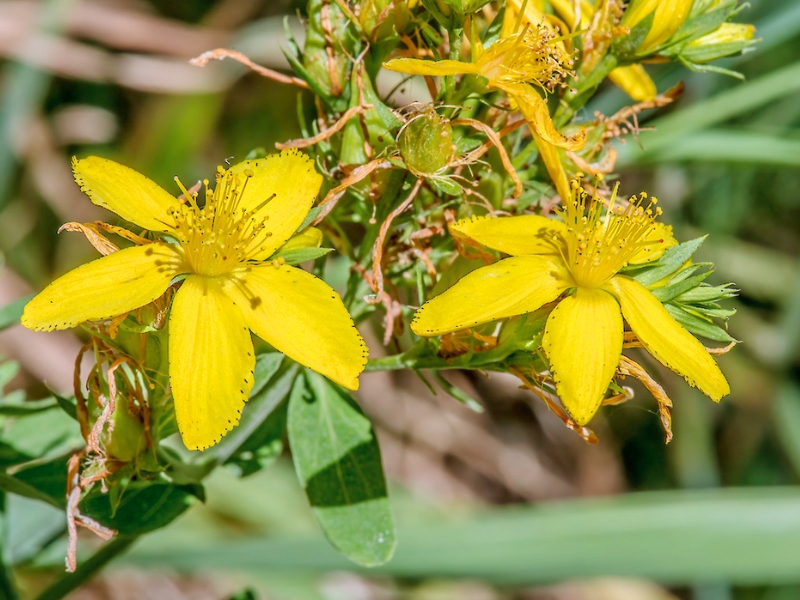
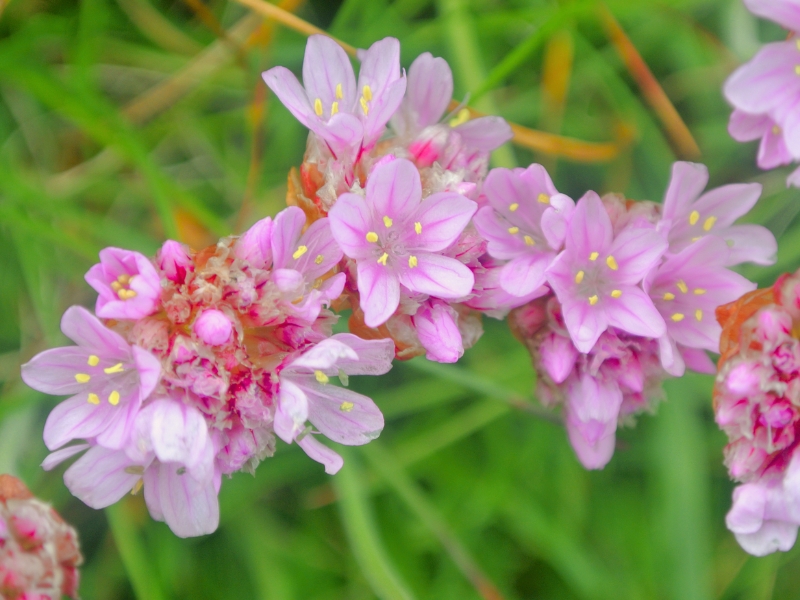
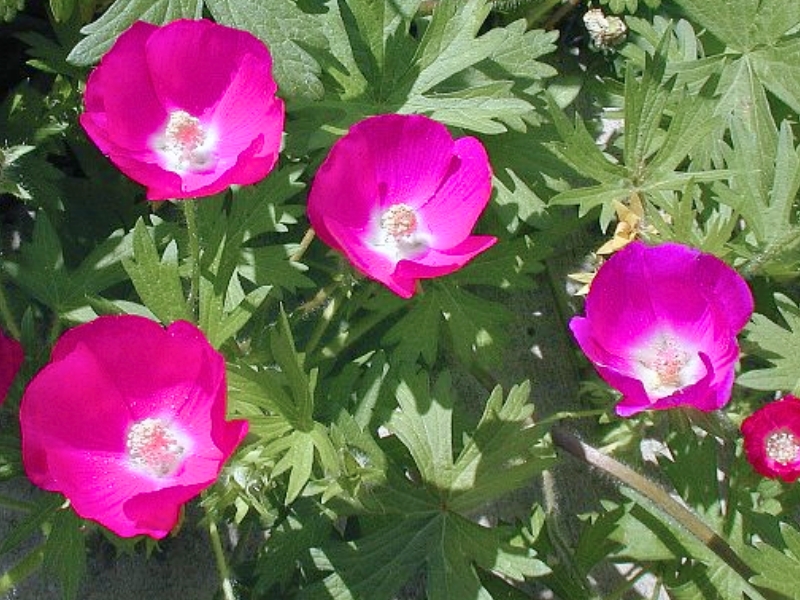
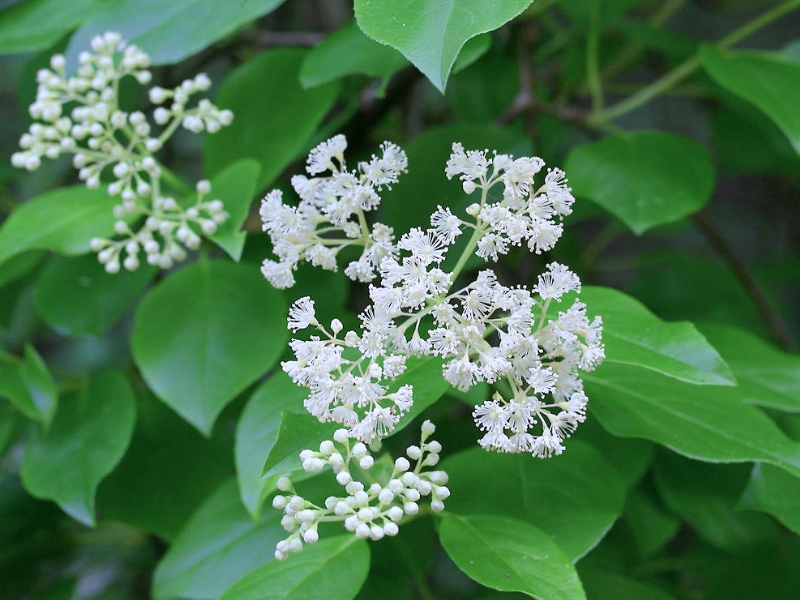
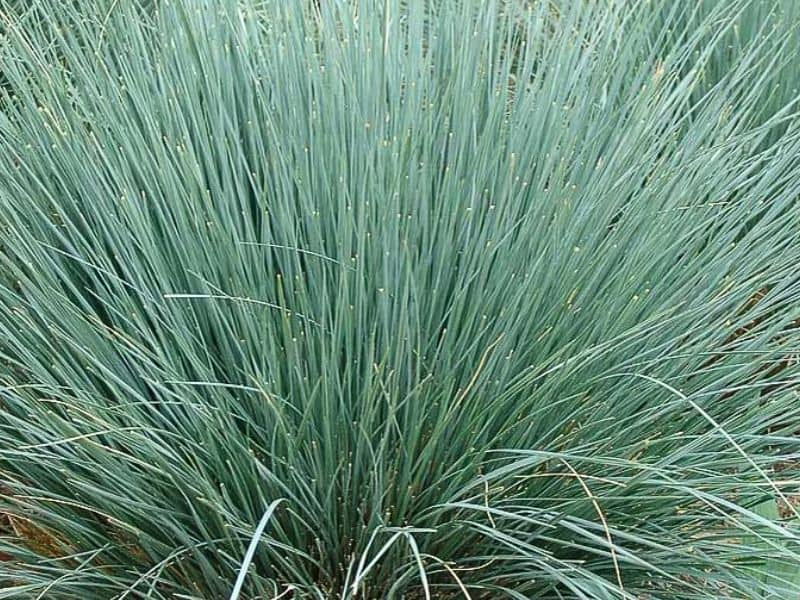
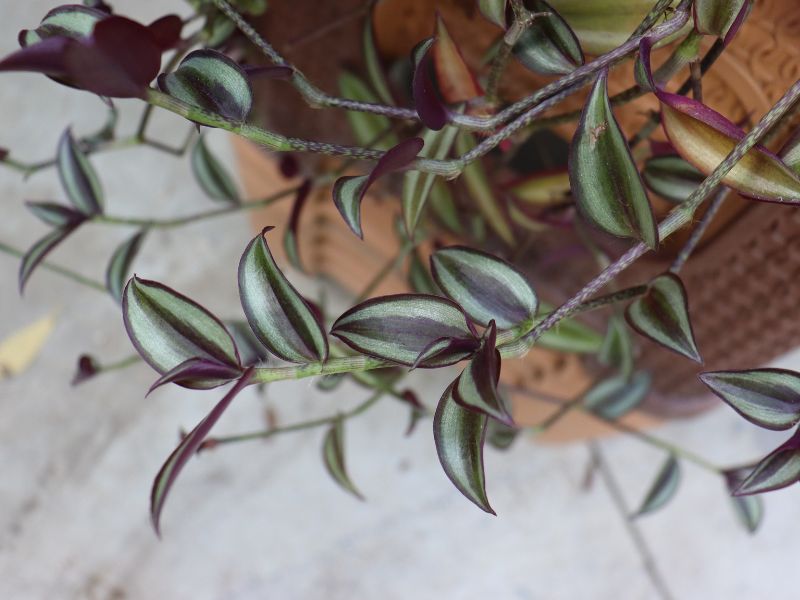
Leave a Reply